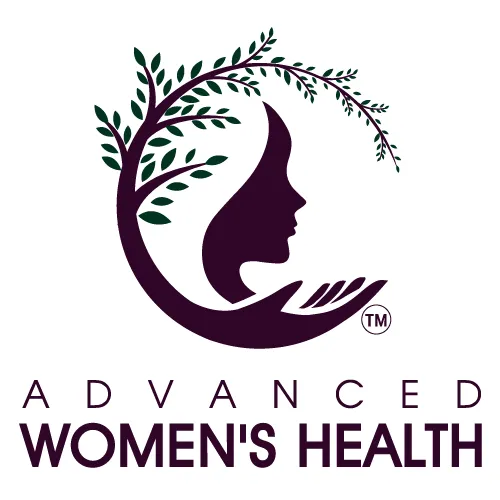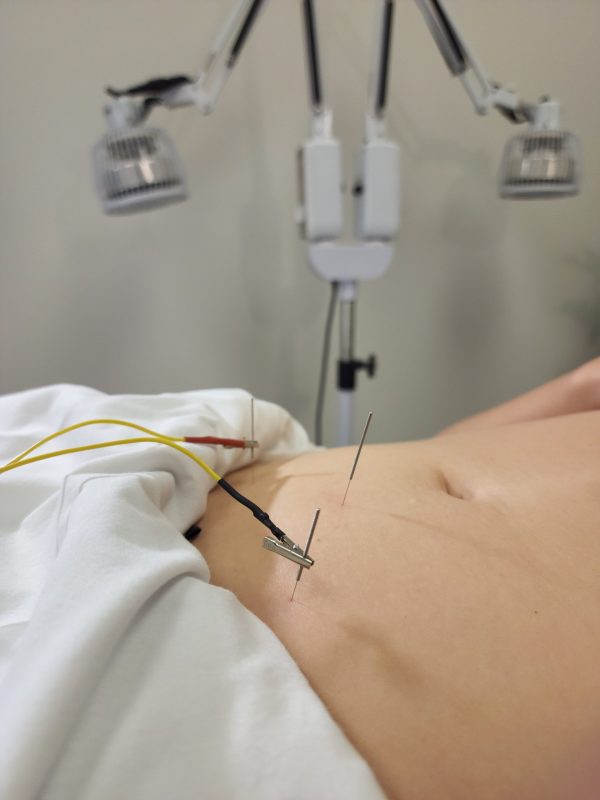Which hormones are wreaking havoc on your skin?
Half the battle of healing acne is understanding what it’s cause is. There is a multitude of factors that can contribute to acne – from infections to gut health to hormones. In most cases these are all connected in one way or another and making those connections is a big part of what we do as naturopathic doctors. Hormones are a big one, the skin itself is actually an endocrine organ, meaning it can produce and respond to hormones. The sebaceous glands are the part of our skin that produces sebum, a substance our skin produces for water-proofing, UV protection and antibacterial defenses, but it is possible to have too much of a good thing! Sebaceous glands are also the main endocrine component in the skin as they are capable of hormone biosynthesis. Here, let’s chat about hormones specifically. These are three of the top hormonal culprits of acne.

Androgens
Androgens are a group of hormones related to, and including, testosterone and they play a huge role in regulation of sebaceous gland activity. Not only do the sebaceous glands respond to androgens, they are also capable of producing their own. Typically progesterone is converted to testosterone and then its more potent form, dihydrotestosterone (DHT), in a multi-step process. The sebaceous glands are able to convert 17-OH-progesterone directly to DHT, skipping steps to make the process faster. DHT is a powerful stimulator for sebum production, so we can see how it is possible to get stuck in a cycle here. Sebaceous glands both produce DHT and respond to it, resulting in over-production of sebum. Excess sebum production can promote growth of bacteria, thickening of the epidermis, and secretion of proinflammatory cytokines, all things that contribute to formation of acne lesions.
Insulin
Insulin is responsible for controlling our blood glucose levels. When we eat food, especially food high in carbohydrates, our blood glucose levels increase. In response, insulin is released to move that glucose from our blood into our storage cells, mainly fat and muscle cells, so it can be used for energy. Seems simple enough, right? The complicated part of this comes into play when insulin is raised too high or for too long. This is more likely to happen in insulin resistance – a condition that makes muscle and fat cells less responsive to insulin, thereby demanding that we release more in order to control blood glucose. Insulin’s fault in acne is closely linked to testosterone. The prolonged exposure to high insulin levels that occurs in insulin resistance can increase the actions of 5ɑ-reducatse. 5ɑ-reductase converts testosterone to its more potent form, DHT. Increased DHT can promote formation of acne and other androgenic symptoms like thinning hair or increased facial hair growth. This may explain why increased intake of high glycemic foods, such as sugar sweetened beverages, is connected to increased levels of acne.
Progesterone
It is widely known that sebaceous glands have receptors for testosterone, but they also possess receptors for estrogen and progesterone. Research has shown that estrogen application can decrease severity of acne, while progesterone increases sebum production and contributes to the formation of acne. After ovulation, in the luteal phase of the menstrual cycle, progesterone levels are highest, and estrogen levels are decreasing. The dominance of progesterone in this time may be the culprit for acne that worsens in the days or week before your period, and then starts to clear up during your period while progesterone levels are low and estrogen levels start to increase again. This is an example of why it can be helpful to track when you get breakouts in relation to your period! It helps us to identify which hormones may be involved.
Acne can feel very overwhelming, and there is an abundance of products, diets and supplements advertised to help. Finding what works for you can be complicated. The good news is that you don’t have to do it alone. Working with a naturopathic doctor can help you decide on a treatment that will address the root cause of your acne. We can also run labs to see what is contributing to your breakouts and then design a tailored treatment plan. This takes the guesswork out of acne treatment. Identifying these hormonal changes and balancing them out will also improve your overall health, overall healing your skin and improving the way you feel on the inside!
Author:
Dr. Carmen Aguayo, ND
References:
- PMID: 38192024
- PMID: 38291515
- PMID: 38237611
Akdoğan, N., DOĞAN GÜNAYDIN, S. İ. B. E. L., ATAKAN, Z., & YALÇIN, B. (2018). Association of serum hormone levels with acne vulgaris: Low estradiol level can be a pathogenetic factor in female acne. Our Dermatology Online, 9(3).




